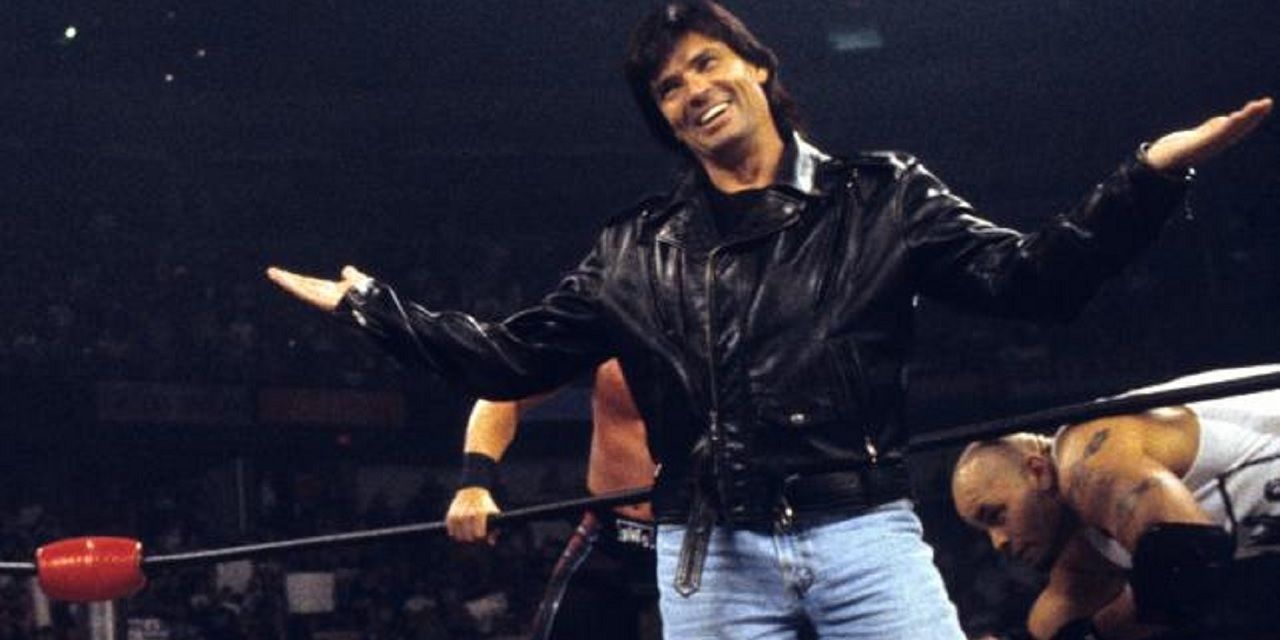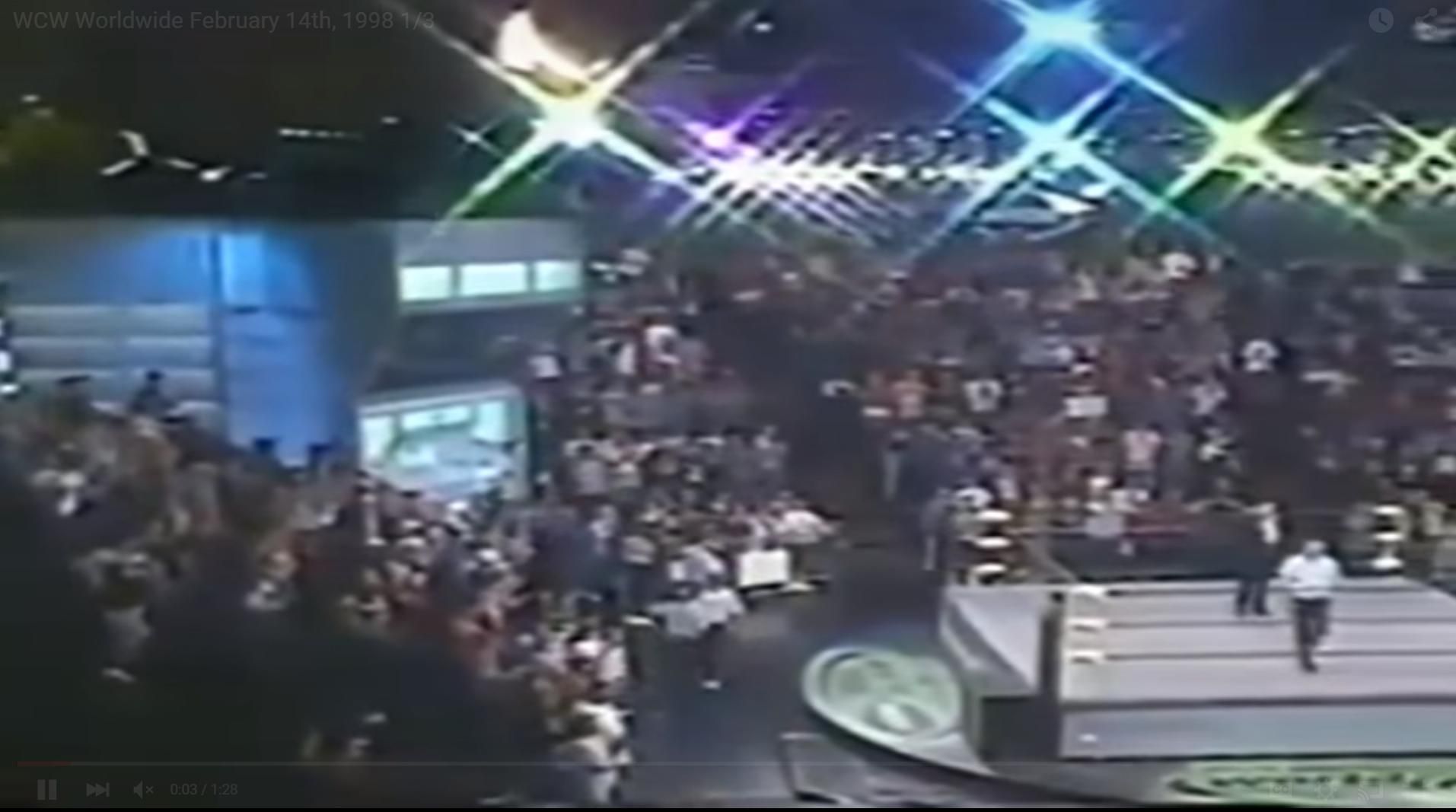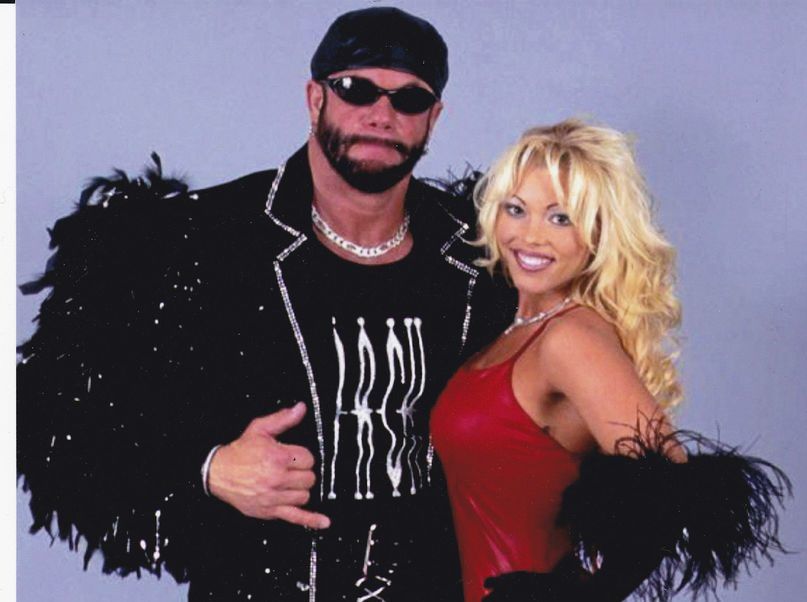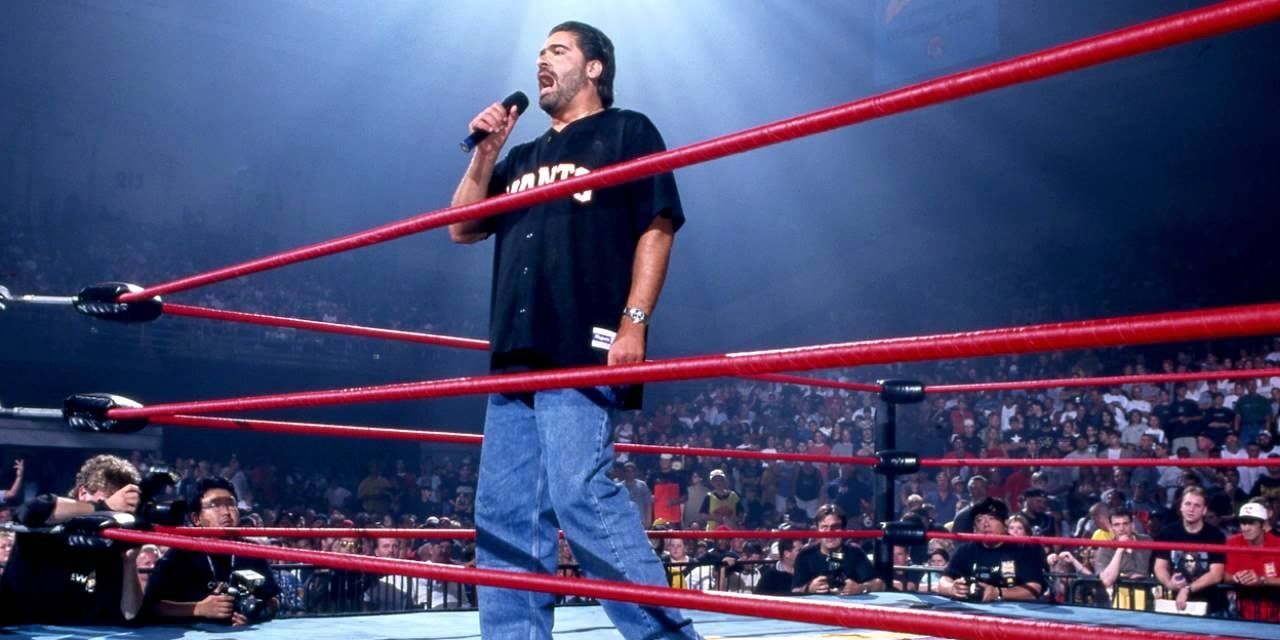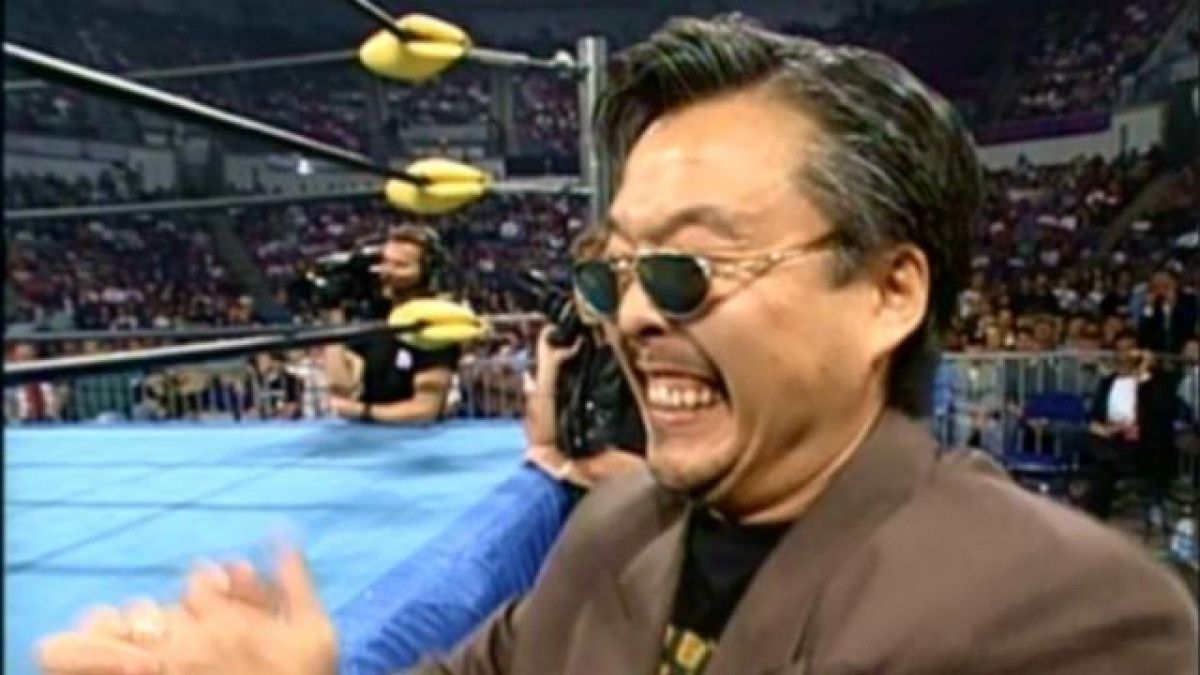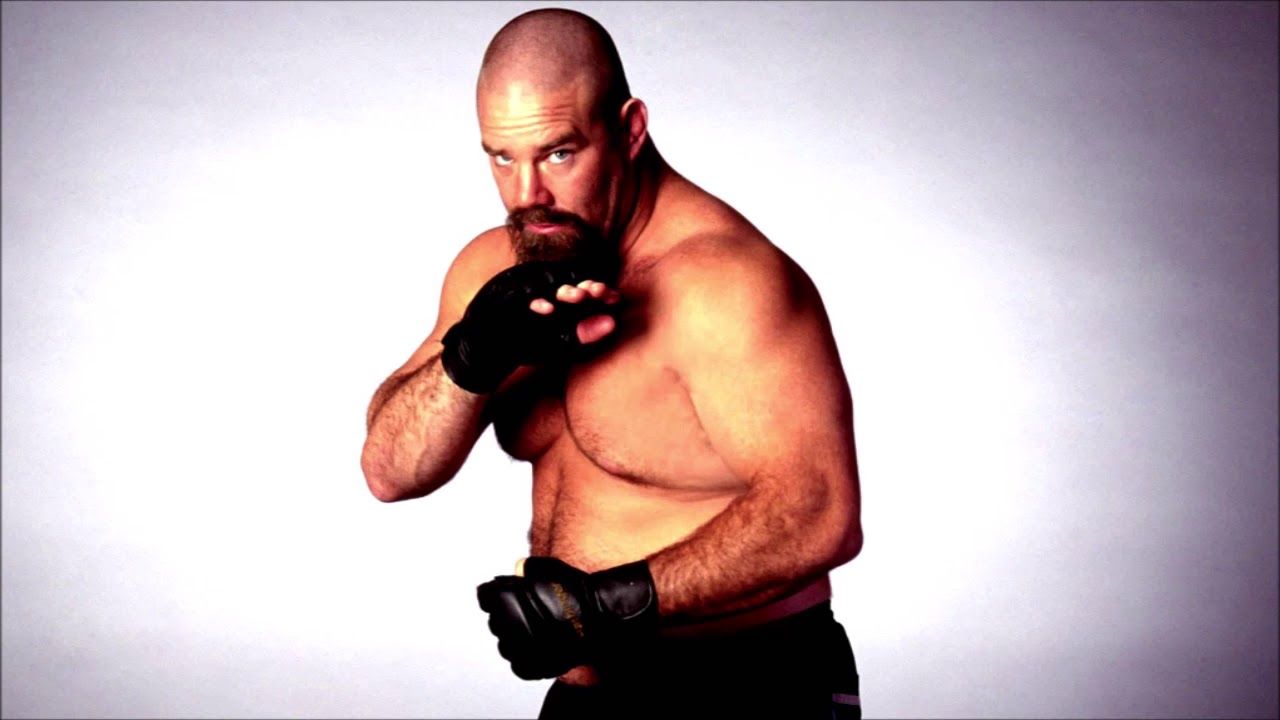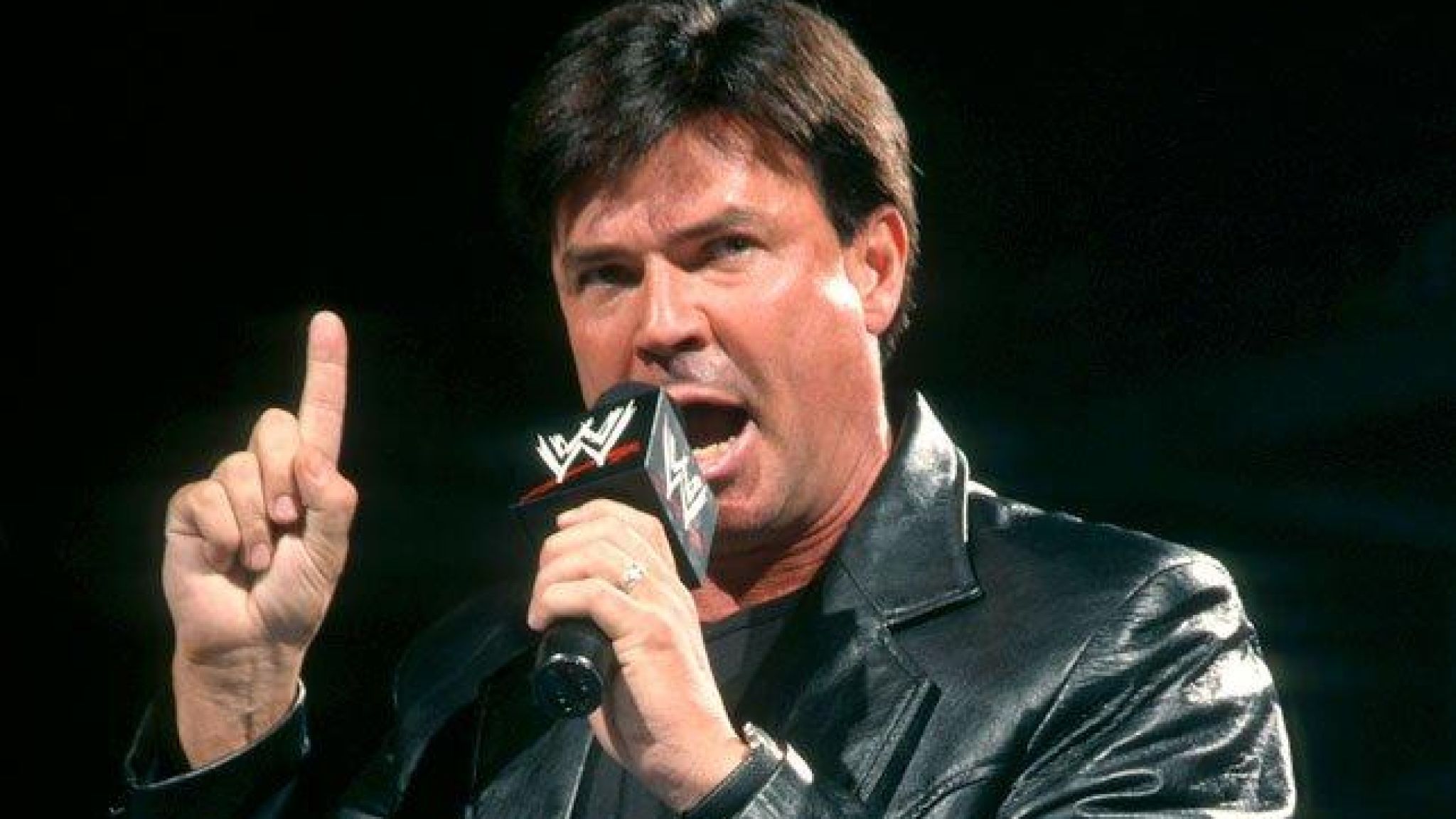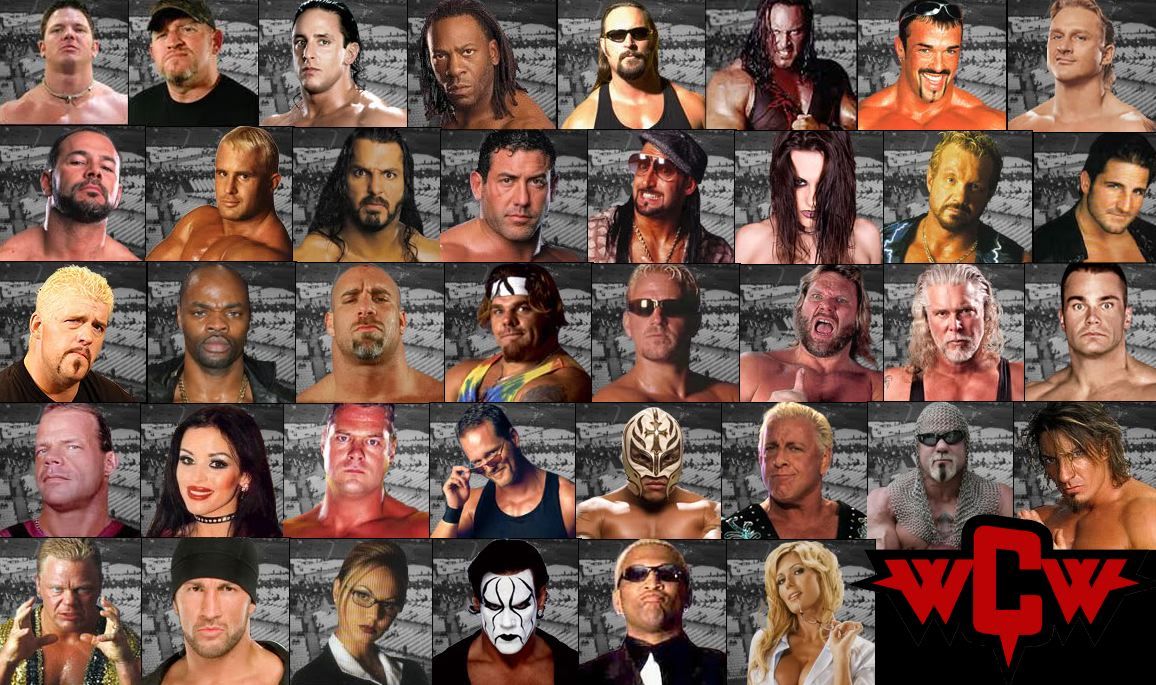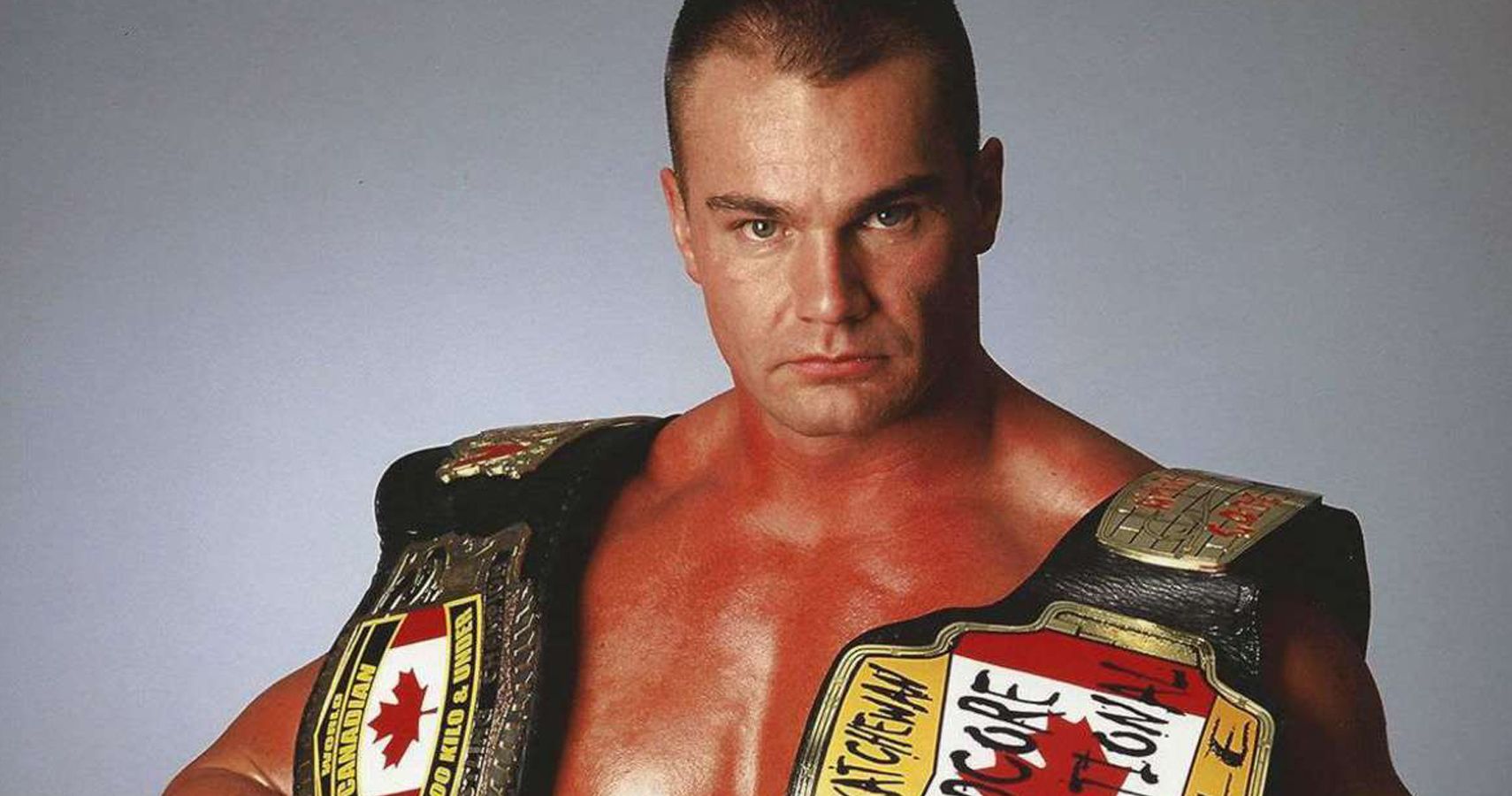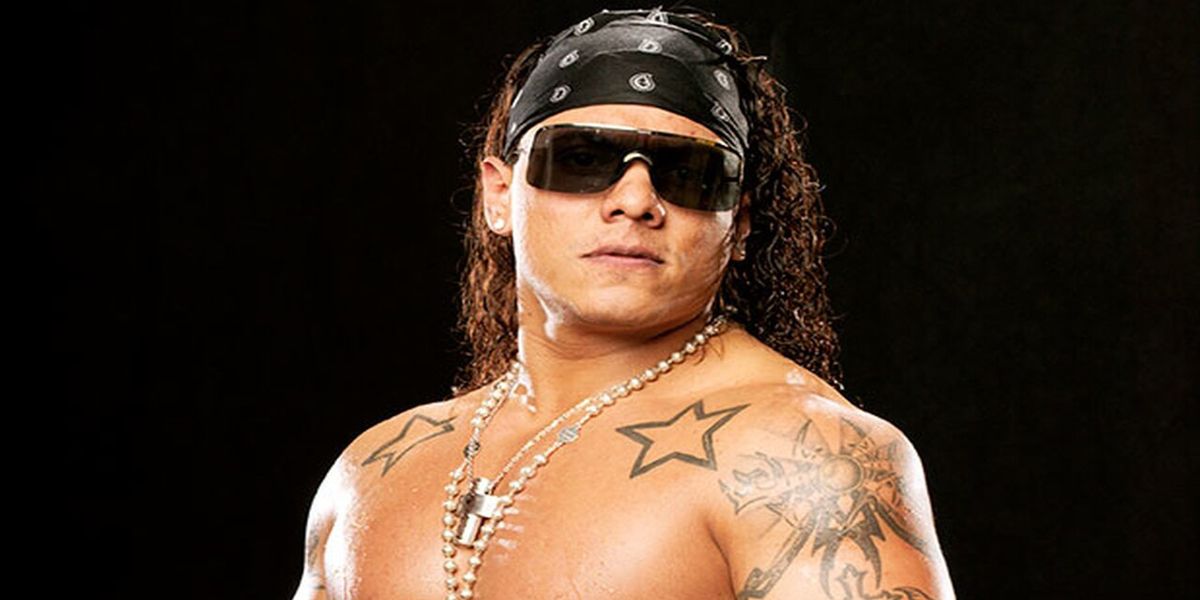There have been plenty of things written about the incredible rise and more astounding collapse of WCW. But to many, the best take was “The Death of WCW.” Published in 2004, R.D. Reynolds and Bryan Alvarez’s book is an incredibly in-depth look at how this company rose up and then fell apart quickly. It was a major hit as casual and hardcore fans alike enjoyed its study of the company’s disasters. In 2014, the pair put out an updated version that contained more insight and sharing how WWE and TNA were copying so many of WCW”s mistakes.
The book is incredible in its detail as even if so many of the stories are already known, they’re no less astounding. In several cases, wrestlers are quoted talking of some of the backstage goings-on and the crazy antics that abounded along with all the stupid angles and moments. But some of the best stuff are stories not as well-known but highlighting how messy WCW was. From the incredible wastes of money to the bizarre backstage stories, the book is great focusing on them all. Here are 10 of the wildest stories from this book on WCW’s fall which proves how truth is truly stranger than fiction.
10 Center Stage Mess
Even before the time of the Monday Night War, the book has good details on the rise of WCW. Jim Cornette shares how much of a mess the Center Stage studio used for their weekend shows really was. One time, the entire roster showed up to tape a few weeks’ worth of shows only to discover the place was being renovated and half of it was in ruin.
Then there was forgetting to record a major angle. Then there was when WCW aired a “control center” segment giving away the results of an upcoming Clash of the Champions show a week early. It was all an omen of the mess this company would become.
9 Gorgeous Mess
This is just amazing. Randy Savage returned to WCW in 1999 after an absence with a girlfriend called Gorgeous George. It seems Rob Kellum, who’d been working as the Maestro, bought the name from the estate of George Wegner. WCW then bought it from him to give to Savage’s brother Lanny Poffo.
Somehow, Savage convinced them to instead give the name to his girlfriend and leave Kellum out. Oh and despite not wrestling a single match, Poffo was paid $150,000 a year. And people wonder how this company went out of business.
8 Williams’ Warning
A major question about WCW is how could no one at the top realize how bad things were going? As it happened, one man did. Matt Williams was the director of research for the company and spent an entire year doing a special report polling fans and studying reactions.
He finally presented it to WCW to detail how fans hated this entire style of Russo gimmick matches and barely any wrestling on every show and wanted a focus on actual in-ring stuff with fresher talents. The report was dumped and Williams quit for another Time Warner division. Maybe they should have listened to the guy more.
7 Bischoff’s Power Plays
As the company’s success grew, so did Eric Bischoff’s ego which led to huge mistakes. First, WCW’s promising partnership with New Japan was ruined because Bischoff insisted on dictating who could be in the NWO Japan faction which no one in the U.S. cared about and cost WCW access to great Japanese stars.
Then there was the mess of WCW Latino as Bischoff spent half a million dollars crafting sets only to ax the show after the head promoter of EMLL signed with WWE. This led to a conflict with Univision and a show featuring “Nitro” matches where the Mexican workers lost all the time. It proved how Bischoff’s ego helped ruin WCW.
6 Legal Fun
Several times, the wildest battles had nothing to do with the ring but in the courtroom. Bobby Walker filed a lawsuit claiming racial discrimination as he was told he had to always lose…ignoring the fact that as a jobber, that was his entire job description. More outrageously, he claimed that Ric Flair making more money than him was “proof” of racial bias rather than the fact Flair was one of the biggest stars in the company.
Sonny Onoo’s own discrimination suit dragged on for years. Then there was a fan suing another fan for showing up on WCW programs to hold up insulting signs on his former friend. Whatever else, WCW kept filing lawyers busy.
5 Last Minute Booking
Some of the best stories in the book revolve around the literal last minute booking of major shows. It even rubbed off on advertising from putting an ad for “Slamboree” in the papers after the show had aired to one PPV company advertising “they won’t even tell us what’s going to happen! Don't miss it!”
The backstage goings-on are amazing from the tantrums of Hogan and Nash to Russo being fired on the spot for suggesting Tank Abbott win the World title. It shows the rampant egos going around that messed things up and makes the current WWE product look brilliantly planned.
4 Targeting a Website
Even Vince McMahon would think this was petty. In 1999, as things were going badly with PPV rates falling and other problems, WCW figured they needed to find a way to fix it. Their solution was to target “Wrestling Online,” a small website whose owner had been doing live recaps of PPVs.
Today, that’s commonplace although not as much then. WCW seriously contended these recaps were somehow hurting the PPV buy rates. To the shock of no one but themselves, putting one tiny website out of business did not magically restore WCW’s PPV highs.
3 Flight Woes
One of the most astounding wastes of money for WCW had to be their flight plans. Incredibly, all the way into 2000, they would pay for the entire roster to be flown to every single taping even if only 30 guys were used for the actual show. Yes, thousands of dollars on each flight just in case some guy was needed at the last minute.
Not only that but WCW would actually double-book tickets for one guy to the exact same place. A few wrestlers made money selling the tickets off while others settled for Sky Mall material in return. Talk about blowing money in the air.
2 Merchandise Madness
WCW’s merchandising could be as badly run as the rest of the company. One of the final straws for Chris Jericho was when his fiancée bought a Jericho-Dean Malenko figure set but the receipt said she’d purchased a Hogan-Sting set. That meant Hogan and Sting got the merchandise cut while WCW actually wasted a stamp mailing Jericho a check for zero dollars.
Lance Storm was happy to hear his shirt was sold out during a show in Canada…then found out it was because WCW had only made 144 shirts for a major Canadian star during an entire Canadian tour. This company could fail just selling items.
1 Going Down Under
Few things can sum up WCW’s utter ineptitude than the 2000 Australian tour. First, there was the massive issue of Juventud Guerrera having a drugged drink and going on a rampage that led to his arrest.
On the plus side, they did four shows that were all almost totally sold out which should have been great. But WCW had a deal that they would buy back any unused seats…which included all the seats blocked by the entrance ramp and huge monitors. For these four shows, WCW had to buy back over 9000 seats which meant they lost $400,000 on a sold-out tour. Only this company could pull that off.

